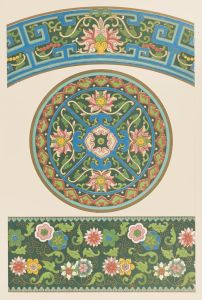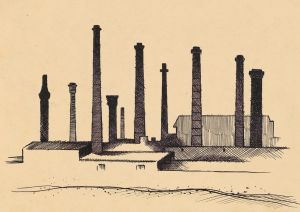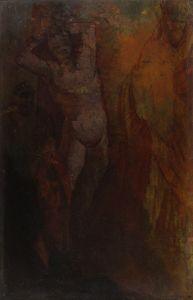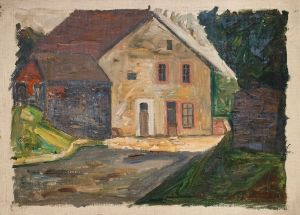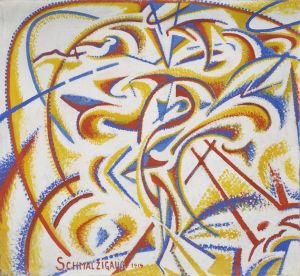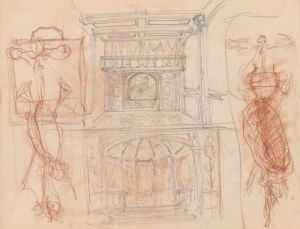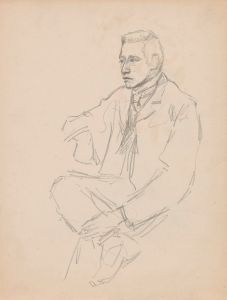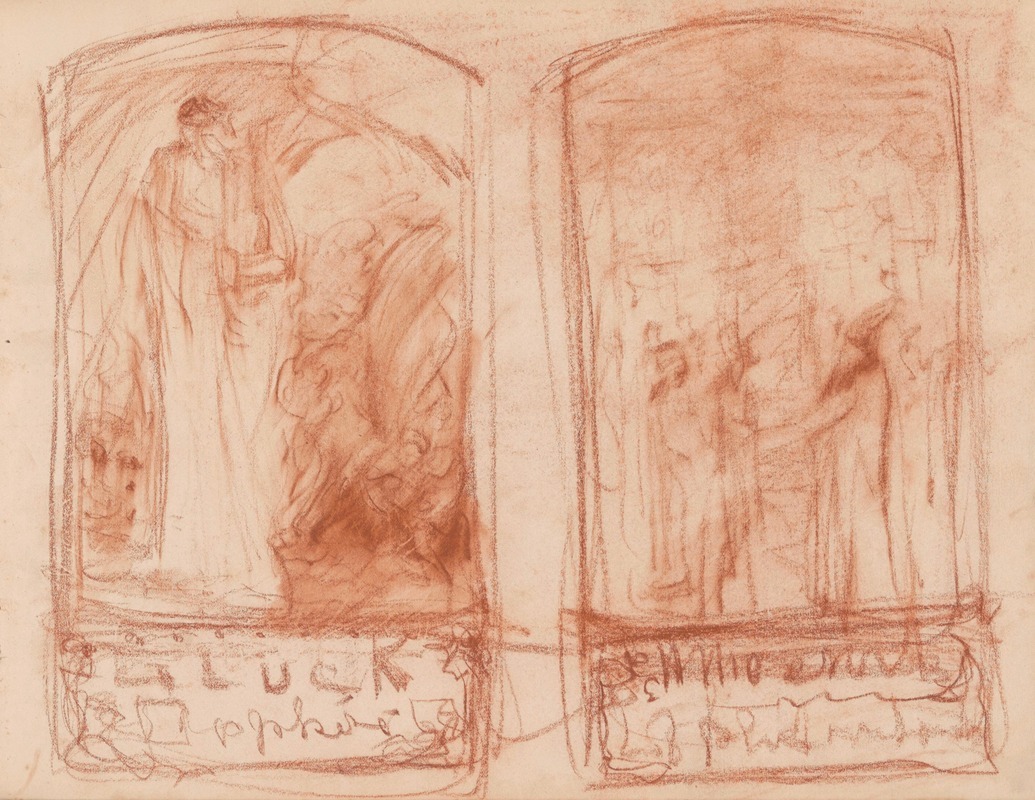
Architectural Elements
A hand-painted replica of Jules Schmalzigaug’s masterpiece Architectural Elements, meticulously crafted by professional artists to capture the true essence of the original. Each piece is created with museum-quality canvas and rare mineral pigments, carefully painted by experienced artists with delicate brushstrokes and rich, layered colors to perfectly recreate the texture of the original artwork. Unlike machine-printed reproductions, this hand-painted version brings the painting to life, infused with the artist’s emotions and skill in every stroke. Whether for personal collection or home decoration, it instantly elevates the artistic atmosphere of any space.
Jules Schmalzigaug (1882-1917) was a Belgian painter associated with the Futurist movement. His work "Architectural Elements" is an exemplary piece that reflects the influence of Futurism on his artistic style. Schmalzigaug was one of the few Belgian artists who embraced the Futurist movement, which originated in Italy in the early 20th century. The movement was characterized by its focus on speed, technology, and modernity, often depicting dynamic movement and the energy of contemporary life.
"Architectural Elements" showcases Schmalzigaug's fascination with the interplay of light, color, and form. The painting features a complex composition of geometric shapes and vibrant colors, creating a sense of movement and dynamism. This approach aligns with the Futurist emphasis on capturing the essence of modern urban environments and the rapid pace of technological advancement.
Schmalzigaug's interest in Futurism began after he visited Italy in 1912, where he met key figures of the movement, including Umberto Boccioni and Giacomo Balla. Inspired by their ideas, Schmalzigaug began to experiment with the principles of Futurism in his own work. "Architectural Elements" is a testament to this period of experimentation and innovation in his career.
The painting does not depict a specific architectural structure but rather an abstract representation of architectural forms. This abstraction allows Schmalzigaug to explore the rhythmic and dynamic qualities of architecture, emphasizing the interaction between solid structures and the spaces they create. The use of bold, contrasting colors further enhances the sense of movement and energy, drawing the viewer's eye across the canvas.
Schmalzigaug's work, including "Architectural Elements," was relatively unknown during his lifetime, as he did not achieve significant recognition outside of a small circle of avant-garde artists and critics. However, his contributions to the Futurist movement have been increasingly acknowledged in recent years, and his paintings are now considered important examples of early 20th-century avant-garde art.
Tragically, Schmalzigaug's career was cut short by his untimely death in 1917 at the age of 35. Despite his brief career, his work continues to be studied and appreciated for its innovative approach to color, form, and movement. "Architectural Elements" remains a significant piece within his oeuvre, highlighting his unique interpretation of Futurist principles and his ability to convey the dynamism of the modern world through abstract art.
Today, Schmalzigaug's paintings can be found in various art collections and museums, where they continue to inspire and engage viewers with their vibrant energy and modernist sensibilities. "Architectural Elements" stands as a testament to Schmalzigaug's artistic vision and his contribution to the development of Futurist art.






